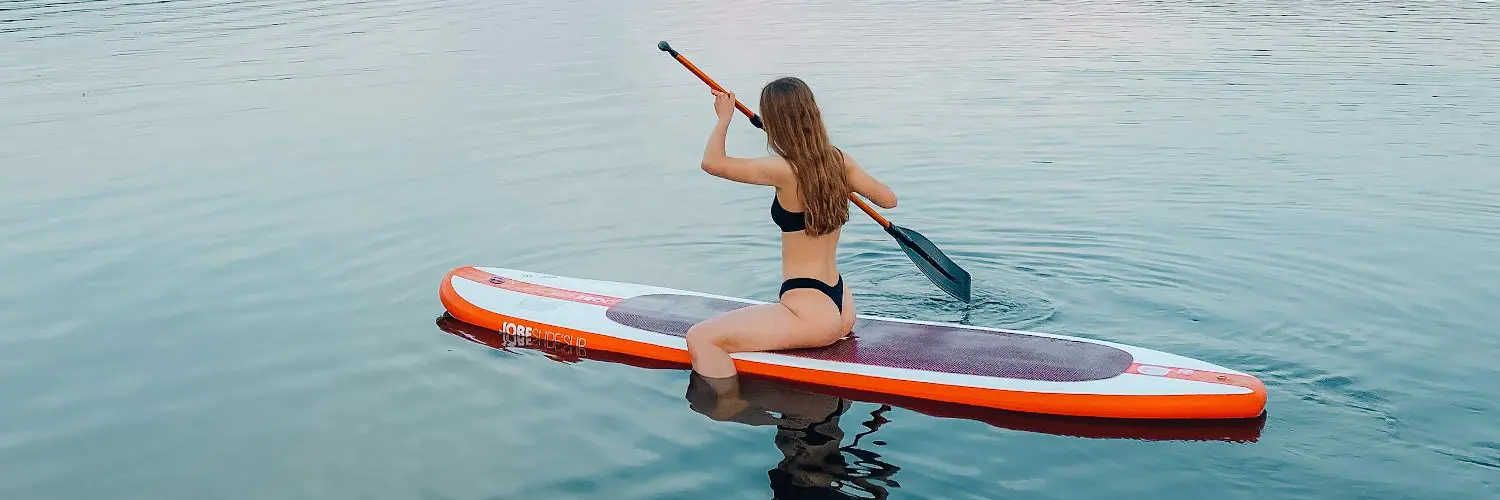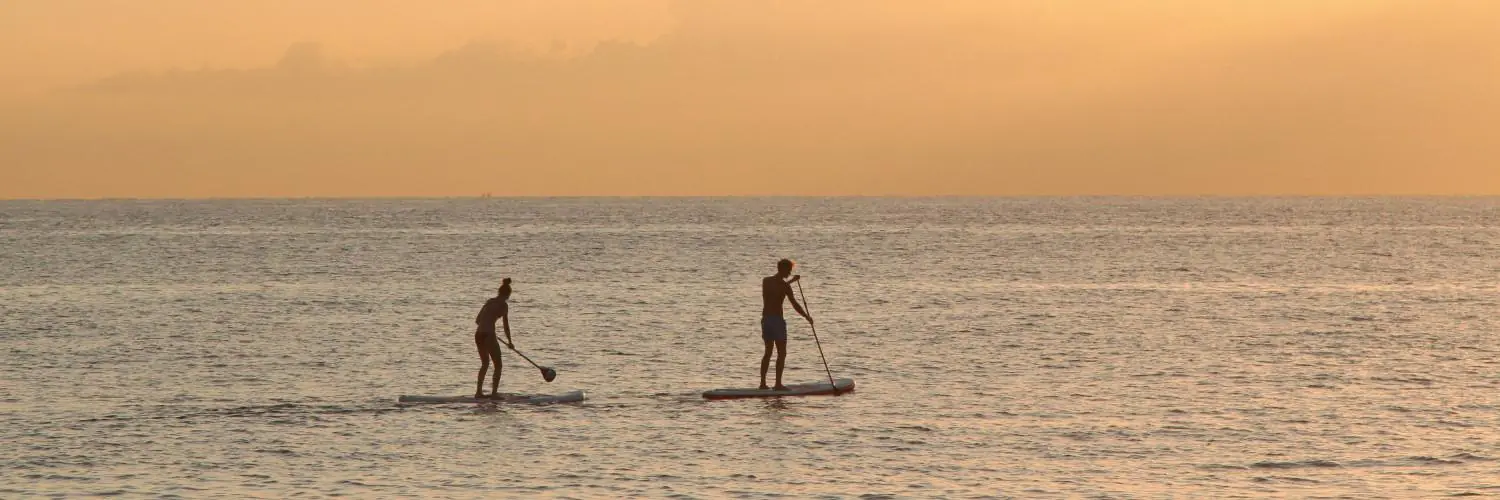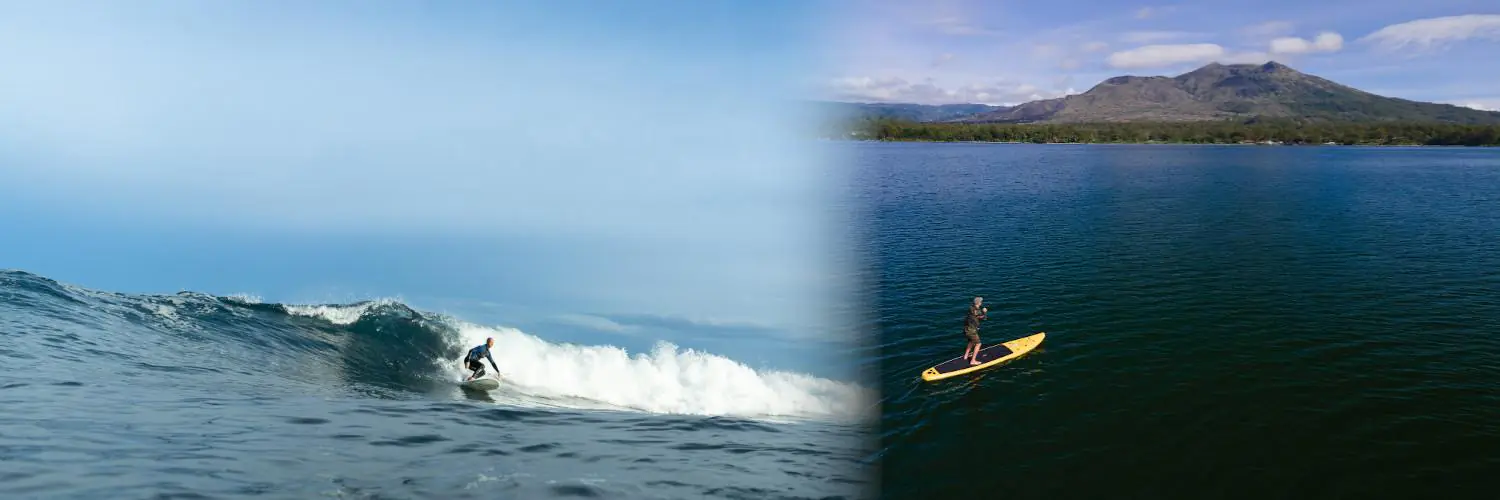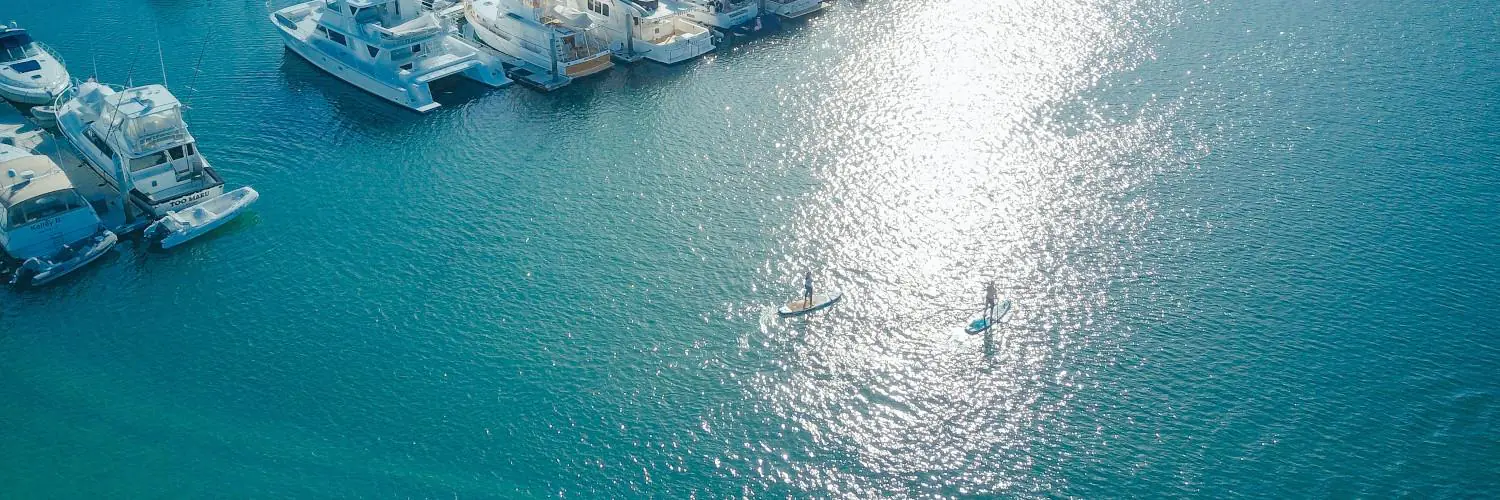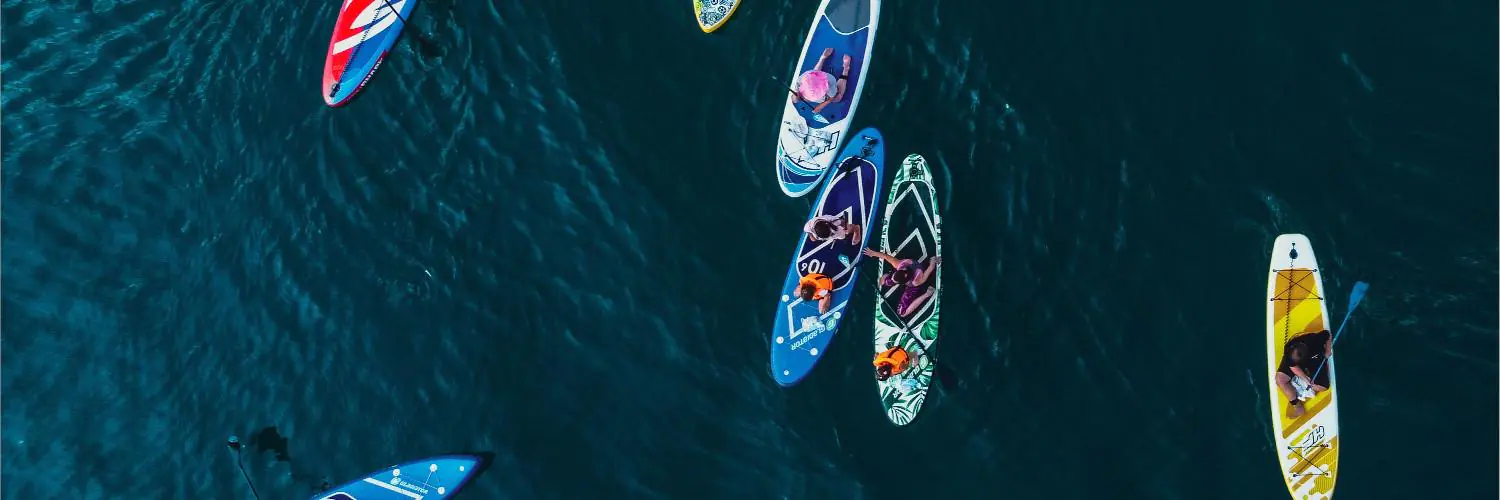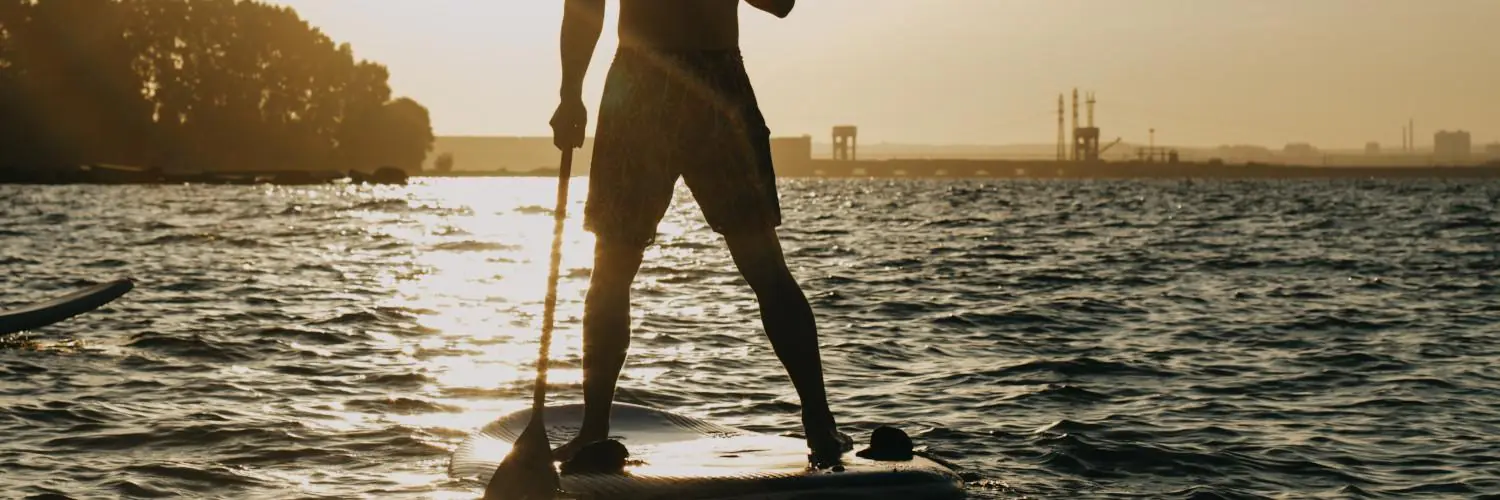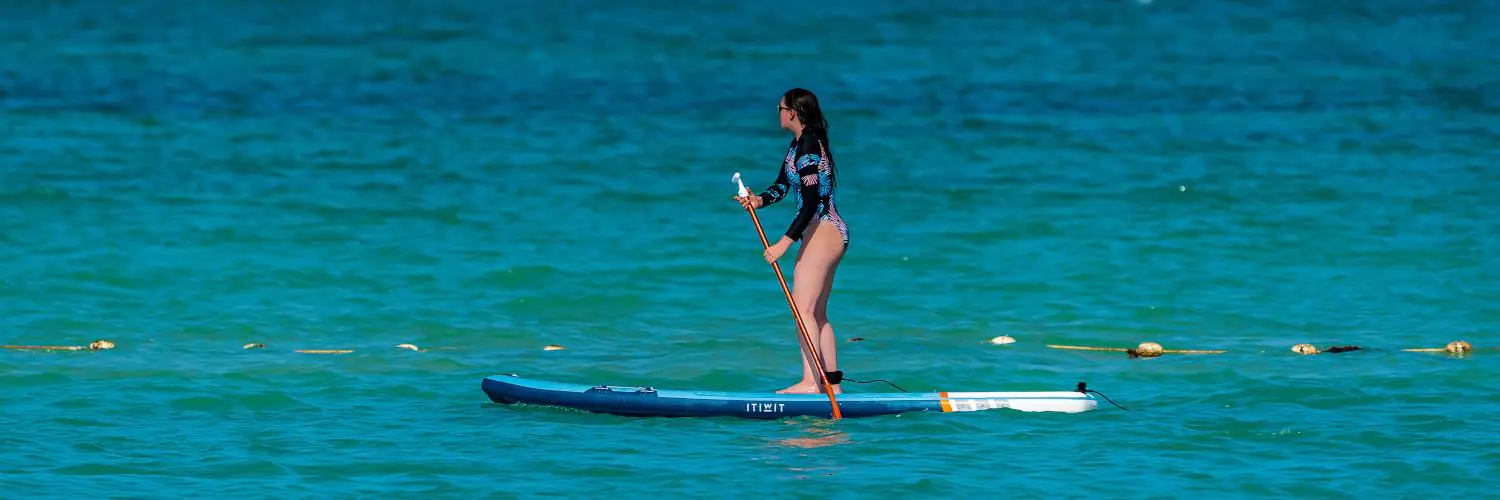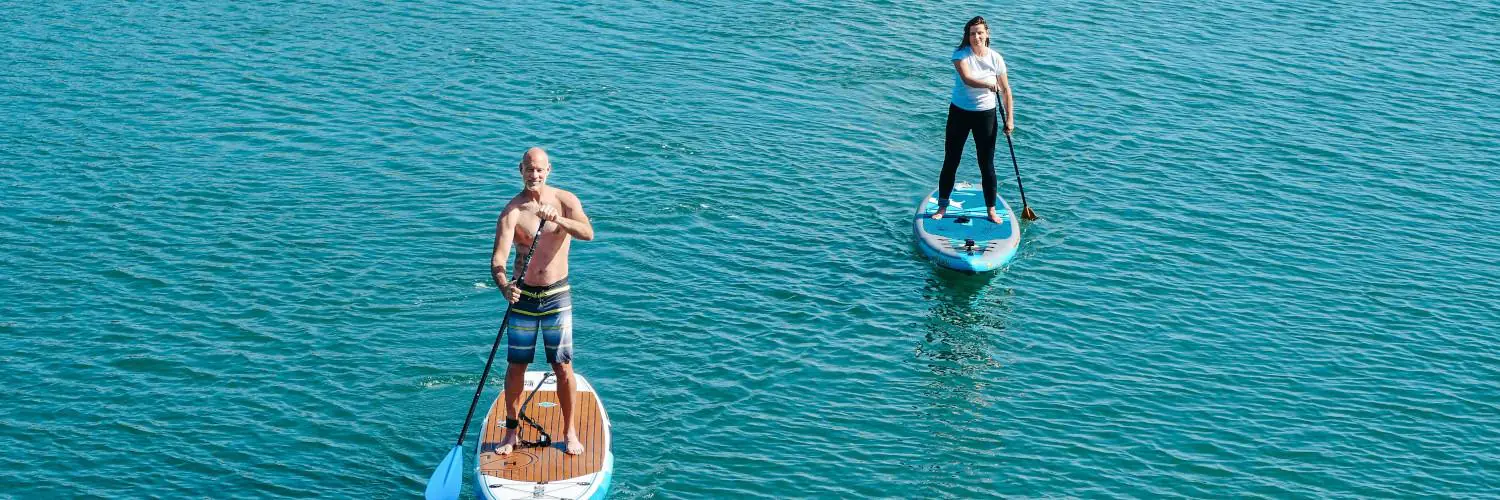Stand-up paddleboarding, commonly referred to as SUP, has gained popularity as a versatile water sport suitable for all ages. It offers a fun and engaging way to enjoy the outdoors while also providing a balanced form of exercise. Though it may appear challenging at first, especially regarding balance and coordination, SUP is accessible to beginners with proper guidance and equipment. With the right-sized paddle board for one’s weight and an appropriately lengthed paddle for one’s height, individuals can quickly learn the necessary techniques for an effective and safe paddling experience.
The joy of SUP lies not just in its fitness benefits but also in the sense of achievement that comes from mastering a new skill. As an outdoor activity, it encourages participants to develop situational awareness and gain an understanding of the water dynamics, which is an integral part of paddleboarding. The sport accommodates various skill levels and can be as gentle or as vigorous as the paddler desires, making it a low-impact workout that’s kind to the body’s joints and ligaments. This inclusivity means that everyone from children to seniors can participate and find enjoyment in SUP.
In essence, while stand-up paddleboarding might seem daunting initially, it is a beginner-friendly sport that emphasizes the joy of being on the water and the benefits of physical exercise. With consistent practice and the correct approach, paddlers can quickly overcome initial apprehensions and discover the pleasures and rewards of SUP, making it a favored activity among water sport enthusiasts.
Table of Contents
Understanding the Basics of SUP
Stand Up Paddleboarding, or SUP, is an enjoyable water sport that combines balance with strength. Paddleboarding can offer a different experience depending on the type and equipment used.
The Different Types of SUPs
Inflatable SUPs: They are versatile and convenient for storage and travel. Ideal for beginners, they are stable and can withstand bumps against rocks or logs.
EPS Foam Core Boards: These SUPs come with a foam core and are typically coated with epoxy and fiberglass, providing a lighter option for performance-oriented activities.
- Solid SUPs: Best for speed and waves, offering better glide and stability.
- Inflatable SUPs: Great for travel and storage, suitable for flat waters.
Essential SUP Equipment
To ensure a successful and safe SUP experience, one requires several key pieces of equipment:
Paddle: A SUP paddle should be about 6 to 8 inches taller than the paddler. Its angle must be away from the user to maximize efficiency in water.
Board: The choice of board depends on factors such as water conditions, paddler weight, and skill level. Boards typically feature a leash attachment for safety.
Personal Flotation Device (PFD): Worn by the paddler for safety. It is often a requirement by law, depending on the location.
Leash: Keeps the paddler tethered to the SUP, crucial for safety, especially in rough water conditions.
Fins: Attached to the board, fins aid in navigation and stability.
- Paddle: Crucial for movement across the water; should be held with the blade angled forward.
- Board: Varies by activity; it can affect stability and speed.
- Personal Flotation Device: Required for safety; choose a comfortable, properly fitting PFD.
- Leash: Keeps paddler connected to the board; essential for safety.
- Fins: Provide stability and tracking; fin configurations can be changed to suit different water conditions.
Getting Started with SUP
Stand Up Paddleboarding, known as SUP, may appear daunting, but with the right equipment and technique, even a beginner can quickly gain confidence and enjoy the water. Safety is paramount, and the primary focus should be on the stability of the board, mastery of basic paddling techniques, and adherence to safety protocols.
Choosing the Right Board
For beginners, selecting a SUP that offers stability and comfort is crucial. A wider board, typically 30-35 inches, and longer, around 10-12 feet, promotes balance and is forgiving of mistakes. The board’s volume and weight capacity should align with the rider’s size to ensure ample buoyancy.
- Length: 10-12 feet (good for beginners)
- Width: 30-35 inches (enhances stability)
- Volume & Weight Capacity: Match with the rider’s size
Basic Paddling Techniques
The paddler must use efficient strokes to maintain course and speed. To paddle effectively, reach forward about two feet, submerge the paddle fully, and pull toward the ankle before lifting it out of the water. This movement should originate from the torso, keeping the arms relatively straight, enhancing power and reducing fatigue. Switching hands and paddle sides allows for straight tracking.
- Forward Stroke: Straight arms, twist from the torso, paddle from feet to ankle.
- Reverse Stroke: For stopping or turning, the motion mirrors the forward stroke but in the opposite direction.
Safety and Precautionary Measures
Beginners should never overlook safety. A life jacket should be worn at all times, along with carrying a safety whistle to signal for help. Paddlers must check weather conditions before embarking and should start in calm waters. Understanding how to fall away from the board to avoid injury is also essential.
- Life Jacket: Always wear a personal flotation device.
- Safety Whistle: Carry a whistle to signal in case of an emergency.
- Weather and Water Conditions: Begin in calm conditions and be aware of the forecast.
Advancing Your SUP Skills
Progressing in stand-up paddleboarding (SUP) entails cultivating better balance and mastering a set of paddle strokes to navigate effectively. Enhancing one’s skills is crucial, especially when facing dynamic water conditions such as surfing or paddling in the wind.
Improving Balance and Stability
A paddleboarder’s balance and stability on the water are foundational to their prowess. To advance in SUP, one must work on their core muscles which play a significant role in maintaining equilibrium. Beginners should start by ensuring they can move around their board with confidence in flat, calm waters before challenging themselves in tumultuous conditions, such as ocean waves or river currents. Exercises like yoga and Pilates can also be beneficial, fortifying the core muscles that support standing up and maneuvering on the paddleboard.
Mastering SUP Maneuvers
Evolving one’s SUP skills includes mastering various paddle strokes to enhance maneuverability. Here, form is paramount:
- Forward Stroke: To move efficiently, keep the body’s core engaged and drive the paddle into the water with a vertical stroke alongside the board.
- Sweep Stroke: Useful for turning, this requires a wide, sweeping motion with the paddle on either side of the board.
- Reverse Stroke: Executed similarly to the forward stroke but in the opposite direction, this is essential for slowing down or backing up.
Practicing these strokes in different conditions will help a paddleboarder gain confidence and control. Whether confronted with wind or attempting to catch waves while surfing, a strong technique in these paddle strokes is key.
Exploring SUP Activities and Styles
Stand-up paddleboarding (SUP) caters to a wide range of interests and skill levels, from tranquil yoga sessions on flat water to adrenaline-fueled races. Each style offers a unique experience on the water, appealing to different preferences and goals.
SUP Yoga and Fitness
SUP Yoga integrates the challenges of yoga with the dynamic environment of water, enhancing focus and balance due to the instability of the paddleboard. This activity typically requires wide, stable boards designed to handle various yoga poses. SUP fitness similarly benefits from the added dimension of balance on water, turning regular workouts into full-body challenges that engage core muscles more intensively.
SUP Racing and Touring
Racing demands speed, agility, and stamina. Paddleboard racers rely on sleek, lightweight boards that slice through the water with minimal resistance. Races can occur on flat water, downwind, or even in open ocean conditions, each requiring different strategies and techniques. In contrast, touring focuses on longer distance paddles, encouraging exploration and endurance. Touring boards are designed with storage and comfort in mind, often featuring a displacement hull for efficient long-distance travel.
Recreational Paddling and SUP Fishing
For those seeking relaxation and leisure, recreational paddling offers a laid-back way to enjoy waterways, suitable for all skill levels. Recreational boards are generally wide and stable, well-suited for calm lakes and gentle streams. SUP Fishing has emerged as a popular twist on traditional angling. Paddlers utilize specially designed boards with rod holders, coolers, and gear mounts, combining the serenity of fishing with the pleasure of paddling.
In each of its styles, SUP provides distinct experiences that can be tailored to desired levels of intensity, serenity, and engagement with the environment.
Choosing Locations and Handling Conditions
When it comes to stand-up paddleboarding (SUP), one’s enjoyment and safety largely depend on selecting the right location and understanding how to handle various water conditions.
Selecting Ideal Places to Paddleboard
The first essential step for paddleboarders is to choose an environment suitable to their skill level. Beginners are advised to start on calm waters such as lakes or bays, where they can practice balance and control without the interference of strong currents or large waves. Intermediate paddlers might look for locations with light currents in rivers or the protected areas of a bay, to refine their skills. For those with more experience, oceans offer a challenging environment with the presence of waves and changing tides. It’s crucial to consider factors like:
- Weather Forecast: Always check to ensure conditions are favorable.
- Boat Traffic: Busier areas pose risks, so seek out quieter spots for SUP.
Navigating Different Water Conditions
Once a location is chosen, it’s important for the paddleboarder to understand how to navigate the conditions they will encounter. Calm conditions are ideal for beginners, providing a stable platform to gain confidence. As one ventures into rivers or coastal areas, they must be prepared for:
- Moving Water: Rivers can introduce currents that affect stability and maneuverability.
- Waves: Even small waves in ocean settings can greatly increase the difficulty of SUP, requiring advanced balance and control.
- Wind: A light breeze can be refreshing, but strong winds can make paddling exhausting and challenging, making it imperative to assess the weather before setting out.
Choosing the right location and understanding water conditions are critical for an enjoyable and secure SUP experience.

